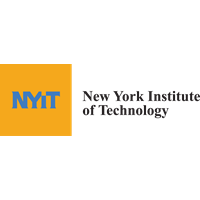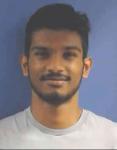Below is a summary of the abstract you submitted. Presenting author(s) is shown in bold.
If any changes need to be made, you can modify the abstract or change the authors.
You can also download a .docx version of this abstract.
If there are any problems, please email Dan at dar78@pitt.edu and he'll take care of them!
This abstract was last modified on March 21, 2023 at 11:14 p.m..

Next-generation sequencing technologies enable the rapid and cost-effective sequencing of genomes. The UPitt crew sequences SEA-PHAGE phages using an Illumina MiSeq sequencer, which does a fantastic job providing accurate genomes, however, Illumina sequencers are expensive and sequencing reactions become cost-effective only when performed on a large scale. Oxford Nanopore developed a different sequencing technology, which is cheaper to purchase and operate, making it attractive for use in undergraduate research projects. However, there are looming questions and concerns about the accuracy of Nanopore sequencing and whether this data is of sufficiently high quality to be used as the sole source of sequencing data when publishing bacteriophage genomes. We present a case study of bacteriophage Argan, isolated in Arthrobacter globiformis NRRL B-2880 from soil on Long Island New York by SEA-PHAGE students at New York Tech in Fall 2022. The genome of Argan was determined by Illumina MiSeq at UPitt and found to be 55 kilobases with ninety putative genes. Argan shares 82.88% gene content similarity with GantcherGoblin, placing it within cluster AU6. In an effort to explore the efficacy of Oxford Nanopore technology, the genome of Argan was also sequenced using a MinION and version R9 flowcells at New York Tech. The analysis comparing assembled genomes of Argan from the two sequencing methods is underway and will be presented in full at the SEA-PHAGE symposium.





